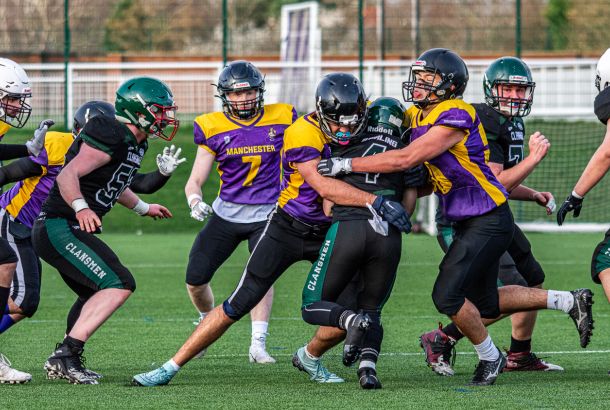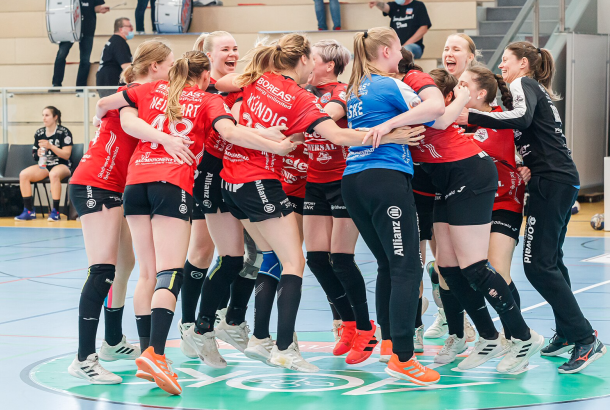Competition encapsulates the essence of high-quality sport. While this assertion can be debated, I would argue wholeheartedly that competitiveness is one of the essential elements of an engaging and interesting sport and sports league. Competition leads to unpredictability, and unpredictability leads to debate. Indeed, without competition, sports journalism would be largely redundant.
Competition is vital for both consumers and those involved in sport. Yet, why is the English Premier League the most watched football league in the world, and allegedly the most desirable league to be a part of, when only five teams have won it in 23 seasons? (Manchester United (13), Chelsea (4), Arsenal (3), Manchester City (2) and Blackburn Rovers (1)) Surely, this is evidence of an uncompetitive league?
Perhaps not. While this shows that few teams are capable of the consistency needed to finish top of the table, I would argue that the league as a whole is competitive. The decline of Chelsea this season has shown that dominance might only be temporary. Furthermore, it is becoming a weekly occurrence where a supposed ‘big team’ is beaten by lesser opposition. Teams like West Ham, Crystal Palace and Leicester have competed well against the ‘big teams’.
Obviously, competition is not the only thing that can be attractive about sport. The dominance of Ferguson’s Manchester United during the Premier League years is admirable purely for the fact they consistently quelled the rest of the competition. However, dominance provides extra motivation for the rest, and seeing United eventually overcome by other teams was satisfying for the neutral observer. Moreover, the quantity of world-class footballers playing in the English league these days is a further reason for its attraction and resultant consumption worldwide.
Sir Alex Ferguson. Photo: Minhquangle87This season we will see, bar nothing short of a Mourinho miracle, a different team winning the Premier League to last season. While this is good, competition for the league title can be whittled down to three teams: Arsenal and the two Manchester teams, with Manchester City being the favourites.
Here is where I would like to introduce a comparison with the National Football League in America. While I admit that comparing sports with completely different codes can only go so far, there are some telling stats.
First, since the English Division One became the Premier League (1992/1993 season), there have been 13 different winners of the Superbowl, the final between the winners of the two conferences that comprise the league. In addition to this, there are nine teams that have played in a final but not won a Superbowl since 1993. If we compare this to the variation in winners and runners up in the Premier League, only 3 teams have finished 2nd without winning it. On the surface, the statistics indicate the NFL to be the far more competitive league.
Obviously, it’s not as simple as this. There are several factors that mean the NFL will be inherently more competitive and the Premier League inherently less so.
The biggest aid to competition is the NFL’s structure: 32 teams divided into two conferences (AFC and NFC), which are then divided into four divisions of four teams each. The winner of each division qualifies for the playoffs along with two wildcards (the two best runners-up in each conference). The play-off games are internal within each conference.
This structure means that, if the quality of the AFC was markedly bad in comparison to the NFC one season, an average team could feasibly make their way through the season and the play-offs to the Superbowl. Effectively, if the best teams in one particular season all happen to fall in one conference, they will have to fight it out between them for one Superbowl place. Thus, there can be a tendency for the Superbowl to not contain the two perceived best teams of that season.
This can be looked at both ways. For the fan that wants to see the two best teams fight it out for the grand prize, this system will not deliver every season. You could argue this system creates variation rather than competition.
On the other hand, the longevity of the Premier League season (38 games) will always mean that the winner is the most consistently successful team over the course. It must be remembered that consistency doesn’t always reflect quality. The tactically-astute team that plays for results can often triumph over the team that plays the higher quality football. Arguments over quality are ultimately subjective.
There are other factors that create competition in the NFL, namely the salary cap and the draft system. On an elementary level, the salary cap universalises how much can be spent by each team on player wages in each season; it is adjusted every season and stands at $143.28 million for the current season. This is something that theoretically could be instated in football, as long as it is enforced across the whole of Europe, and ideally, worldwide. It would conceivably mean that the best players wouldn’t simply be lured to the richest clubs, namely the 4/5 teams that realistically compete for the English league each season, plus PSG, Real Madrid, Bayern Munich and Barcelona. However, attempts at trying to curb spending in European football via the Financial Fair Play (FFP) rules have been ineffective. In football, competition for titles is stifled by the riches of a handful of clubs.
The draft system is the way in which teams acquire new players in pre-season. It is rigged so that the perceived worst team of the previous season gets the first pick of new talent. The draft system sounds good theoretically; however, it is based on potential; the new players coming into the league are a risk and incomparable to those established as the league’s best. Stumble across one gem and your team can be successful for a decade.
Ultimately, competition comes down to the spread of quality, both of players and coaches. While you can attempt to spread it more equally, if the right combination ends up at one team (lured by potential riches), there is little that can be done.







